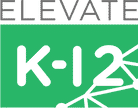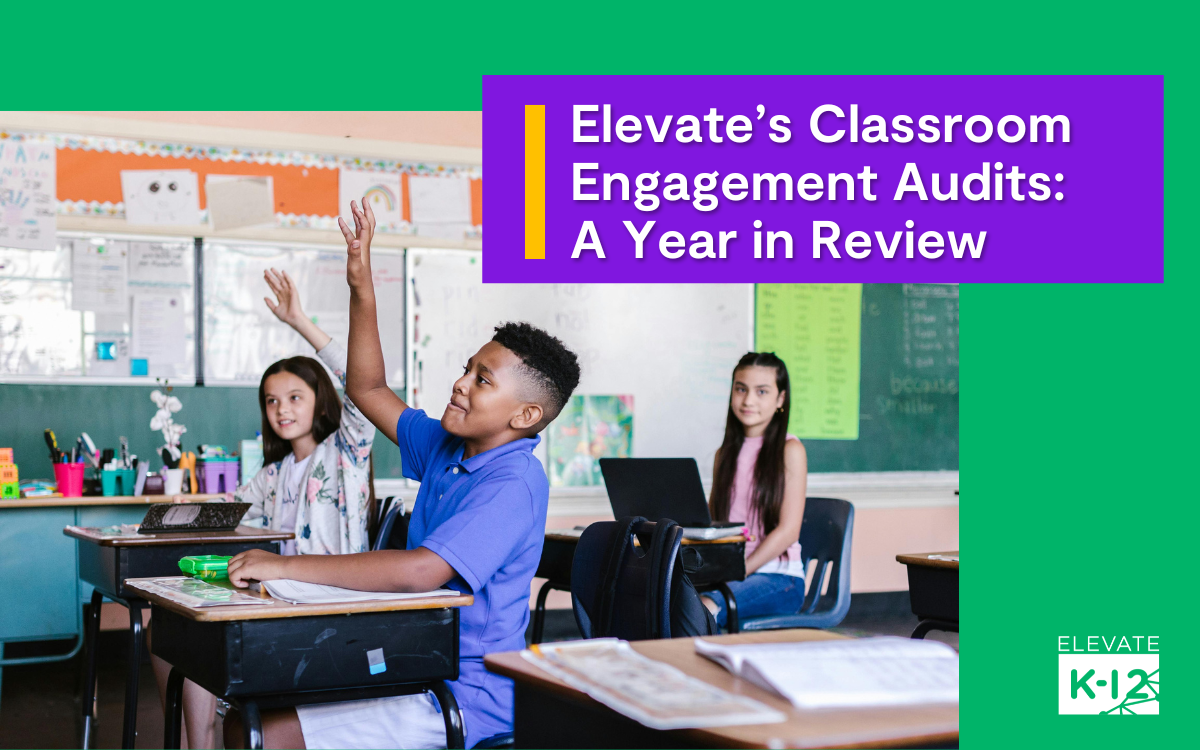During the 2024-25 school year, we launched a new classroom observation and quality assurance initiative called Classroom Engagement Audits (CEAs). Replacing our previous teacher rater model, the new audit process was designed to provide a more holistic view of the LIVE classroom environment, including the overall technology, teacher, Classroom Coach, and student experience.
As we gear up for next school year, we’re looking back at our first year of CEAs, celebrating wins, and iterating for the future.
Why Classroom Engagement Audits?
Schools across the country use various versions of quality assurance (walkthroughs, observations, evaluations, learning walks, etc.) to hold themselves accountable and ensure their classrooms are effective for all learners. CEAs are how we do quality assurance at Elevate – they are a type of objective data collection done virtually or in-person using a vetted, research-based observation rubric that aligns with industry best practices. “Use of Student Names” and “Checking for Understanding”, for example, are two of the indicators in this rubric that teachers in our CEA Working Group found to be the most impactful in improving their teaching practice.
We know that student engagement is a critical piece of any classroom. It is also often the biggest area of concern for our school leaders, students, and parents when it comes to learning in a virtual teaching modality. As part of our CEAs, we can more effectively measure student engagement, provide support to teachers and Classroom Coaches when needed, and provide meaningful reports with schools and districts so we can be true partners and ensure every student’s needs are met.
Results From Year 1
To date, we have completed 12,000+ audits, and the data shows encouraging progress!
After careful calibration, we found a strong correlation between CEA scores and student performance – meaning more engaging classrooms saw higher test scores and grades. We also found that more engaging classrooms not only drive higher student achievement, but also receive better student feedback. Teachers rated as more engaging in the CEAs consistently earned higher student satisfaction scores.
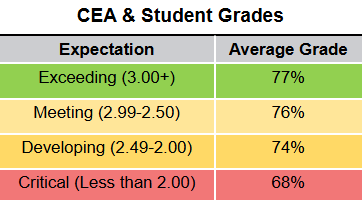
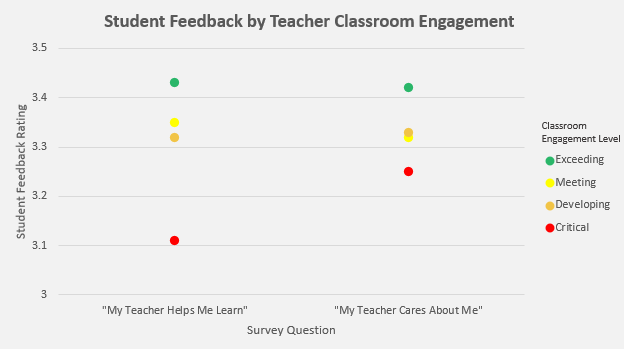
Qualitatively, teachers in our CEA Working Group noted clearer patterns in engagement data, improved observation practices, increased use of AI for differentiated instruction, and enhanced clarity in communication as a result of the CEAs—all contributing to better student engagement.
Celebrating Wins: Spotlight on Duncanville Independent School District (TX)
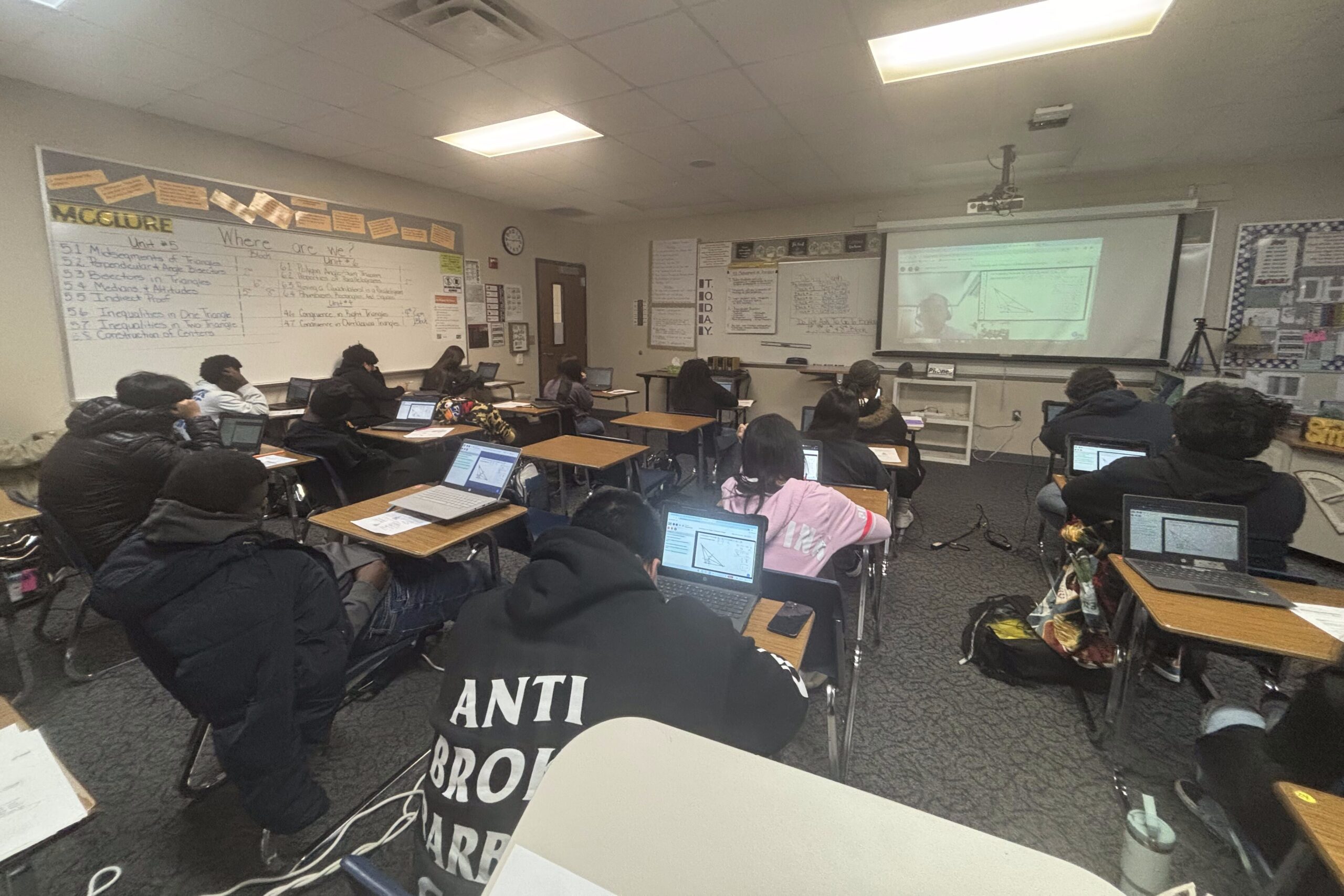
Duncanville Independent School District in Texas has been an Elevate partner since 2022. Despite a challenging start to our Grade 12 ELA program there due to staffing changes and technology issues beyond our control, we were able to build a strong classroom environment throughout the year that led to real gains in student performance and outcomes. Through consistent collaboration between the teams at Duncanville and Elevate, we saw remarkable improvement in students’ grade averages in the class that closely aligned with improvements to the class’s overall CEA score.

Lessons Learned & Iterating for the Future
In response to teacher, Classroom Coach, and school feedback throughout the year, we made several targeted changes to improve the CEA experience and overall efficacy. These included reducing audit frequency for classrooms consistently meeting expectations, launching a CEA Teacher Working Group to integrate teacher voice and ideas, and enhancing audit summary emails to celebrate teacher successes and provide more constructive feedback. We also began piloting tools like Nearpod and strengthened our support for student engagement through a refined reaudit process and focused coaching interventions.
Based on these changes, we were happy to see progress in teacher survey feedback between the beginning and end of the school year. By May, teachers who strongly agreed with understanding the purpose of CEAs reported significantly higher overall satisfaction (8.9/10) than those who did not (6.7/10). Satisfaction with cadence rose by 20 percentage points, and perceptions of audit quality also improved across the board.
We are excited to take these lessons learned and continue evolving the process for SY2025-26 to achieve even higher student outcomes! 🚀
